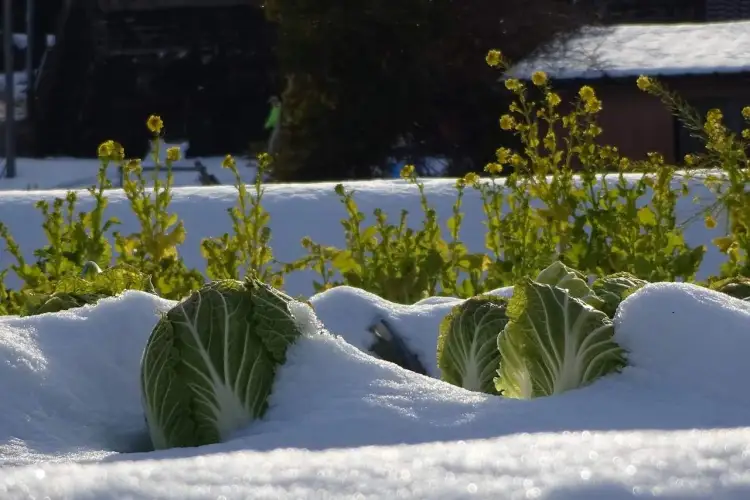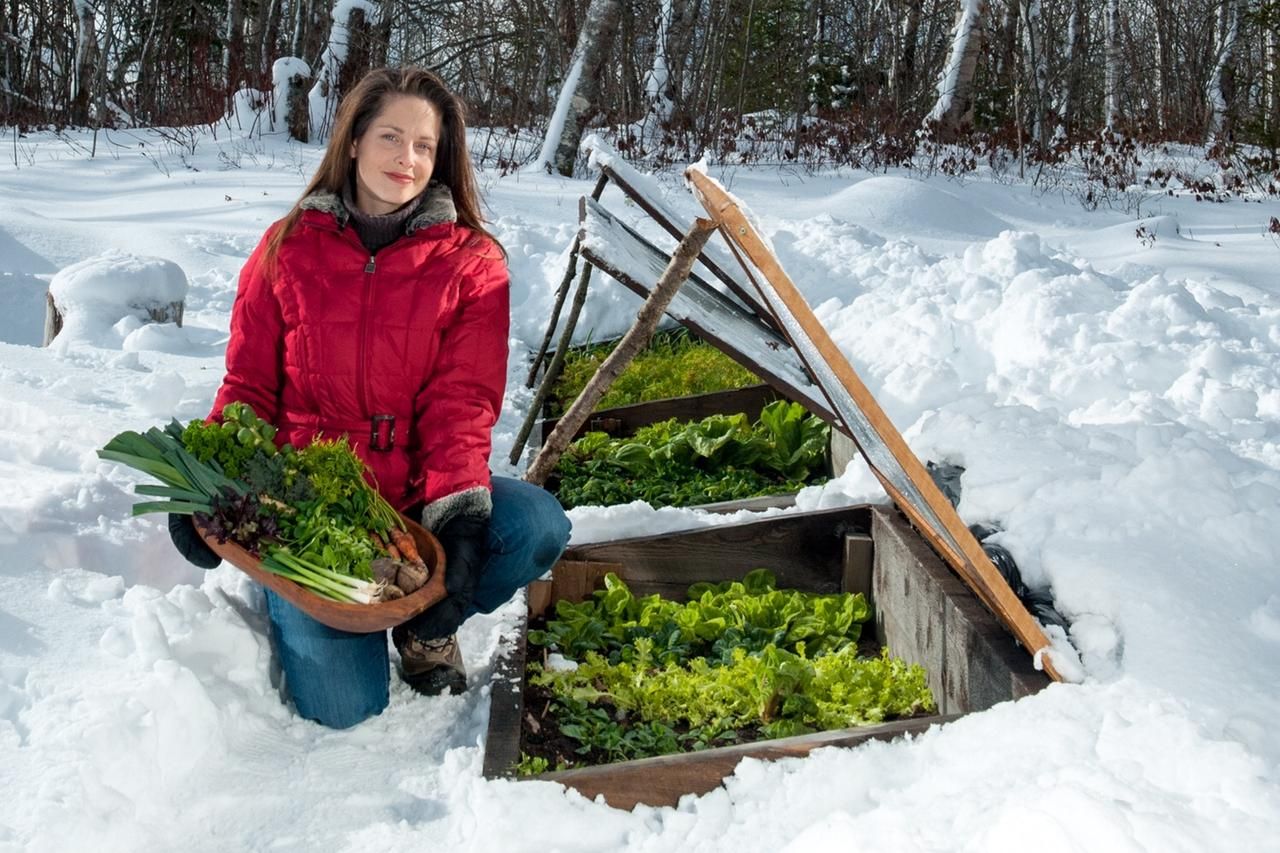Greenhouse gardening can be a rewarding endeavor, offering the ability to control your growing environment and extend the gardening season. Whether you’re aiming to grow flowers, vegetables, or exotic plants, starting with a greenhouse can significantly enhance your gardening experience. This guide will walk you through the basics of greenhouse growing, sharing tips from my personal journey and insights from government and horticultural bodies, as well as academic experts.
Why Choose Greenhouse Gardening?
Extended Growing Season
Greenhouses allow for year-round gardening by providing a controlled environment that protects plants from extreme weather conditions. According to the U.S. Department of Agriculture (USDA) , this can result in more consistent and increased yields.
Controlled Environment
With a greenhouse, you can manage temperature, humidity, light, and ventilation to create optimal growing conditions. The Royal Horticultural Society (RHS) highlights that such control helps prevent diseases and pests, leading to healthier plants.
Choosing the Right Greenhouse
Types of Greenhouses
There are various types of greenhouses, including freestanding, lean-to, and hoop houses. Each type has its benefits and suitability depending on space and budget. The National Gardening Association (NGA) offers detailed comparisons to help you decide.
Location and Orientation
Selecting the right location is crucial. Your greenhouse should get maximum sunlight exposure, ideally facing south. The University of Minnesota Extension advises that a well-positioned greenhouse can significantly boost plant growth.
Setting Up Your Greenhouse
Basic Structure and Materials
When starting, I chose a polycarbonate greenhouse due to its durability and insulation properties. Polycarbonate panels are recommended by the American Society for Horticultural Science (ASHS) for their ability to diffuse light and maintain temperature.
Ventilation and Air Circulation
Proper ventilation is essential to prevent overheating and ensure fresh air circulation. I installed automatic vent openers and fans as suggested by the Environmental Protection Agency (EPA) to maintain optimal air quality and temperature.
Heating and Cooling
Depending on your climate, you may need additional heating or cooling systems. I used electric heaters and shade cloths to manage temperature extremes. The University of Arizona Cooperative Extension provides guidelines on cost-effective heating and cooling solutions.
Soil and Planting
Choosing the Right Soil
The type of soil you use can make a significant difference. I opted for a high-quality potting mix, enriched with organic matter. The USDA Natural Resources Conservation Service (NRCS) emphasizes the importance of well-draining, nutrient-rich soil for greenhouse gardening.
Plant Selection
Starting with easy-to-grow plants can help build confidence. I began with tomatoes, lettuce, and herbs. The RHS recommends these for their fast growth and resilience.
Watering and Fertilization
Irrigation Systems
An efficient irrigation system is vital. I installed a drip irrigation system to ensure consistent moisture levels. The University of California Agriculture and Natural Resources notes that drip systems are water-efficient and effective for greenhouse use.
Fertilization
Regular fertilization keeps plants healthy and productive. I used organic fertilizers to avoid chemical build-up. The National Sustainable Agriculture Information Service (ATTRA) provides resources on organic fertilization practices.
Pest and Disease Management
Preventive Measures
Keeping a clean greenhouse is key to preventing pests and diseases. I regularly clean surfaces and tools, and use insect mesh on vents. The Integrated Pest Management (IPM) Program at the University of California offers strategies for pest prevention and control.
Natural Remedies
When pests did appear, I used natural remedies like neem oil and beneficial insects. The University of Florida IFAS Extension supports the use of biological controls as a sustainable pest management method.
Harvesting and Maintenance
Regular Harvesting
Harvesting regularly encourages more production and prevents overripe produce. I found that frequent picking of herbs and vegetables kept my plants healthy. The Food and Agriculture Organization (FAO) emphasizes the importance of timely harvesting for maximum yield and quality.
Ongoing Maintenance
Regular maintenance, including pruning, cleaning, and monitoring systems, ensures a thriving greenhouse. The American Horticultural Society (AHS) advises keeping a maintenance schedule to manage tasks efficiently.
Conclusion
Starting a greenhouse garden can seem daunting, but with careful planning and the right resources, it can be a highly rewarding venture. From choosing the right structure to managing pests, each step is crucial for success. By leveraging insights from governmental and horticultural bodies, as well as academic experts, you can create a thriving greenhouse environment that provides fresh produce and beautiful plants year-round.
What are the benefits of starting a greenhouse garden?
Greenhouse gardening offers benefits like extended growing seasons, controlled environments, protection from pests, efficient water use, and higher yields.
What type of greenhouse is best for beginners?
Freestanding, lean-to, and hoop houses are popular choices. Your decision should be based on available space, budget, and personal preferences.
Where should I place my greenhouse for optimal results?
Your greenhouse should be positioned to receive maximum sunlight, ideally facing south. This orientation helps in maintaining optimal light and temperature conditions.
What materials should I use for constructing a beginner greenhouse?
Polycarbonate panels are recommended due to their durability and insulation properties. They diffuse light well and maintain consistent temperatures.
How do I ensure proper ventilation in my greenhouse?
Install automatic vent openers and fans to maintain air circulation and prevent overheating. Proper ventilation is crucial for plant health.
What kind of soil is best for greenhouse gardening?
Use a high-quality potting mix enriched with organic matter. The soil should be well-draining and nutrient-rich to support healthy plant growth.
What are some easy-to-grow plants for beginners in a greenhouse?
Start with plants like tomatoes, lettuce, and herbs. These plants are resilient and grow quickly, making them ideal for beginners.
How can I efficiently water my greenhouse plants?
A drip irrigation system ensures consistent moisture levels and is water-efficient. It helps in delivering water directly to the plant roots, reducing waste.
What natural remedies can I use for pest control in my greenhouse?
Neem oil and beneficial insects are effective natural remedies. Regular cleaning and using insect mesh on vents can also prevent pest infestations.
How often should I harvest my greenhouse plants?
Harvest regularly to encourage continuous production and maintain plant health. Frequent picking of produce like herbs and vegetables ensures they remain fresh and vigorous.
- Rhode Island’s Favorite THC Infused Beverages - June 5, 2025
- THC Soda and Drink Options in Idaho - May 28, 2025
- Ohio’s Go-To THC Infused Beverages - May 28, 2025





